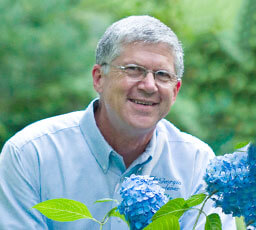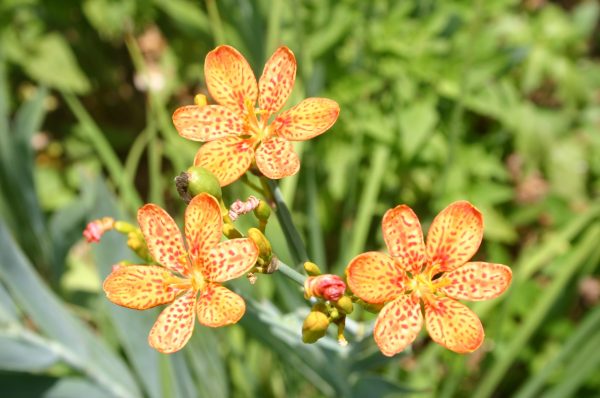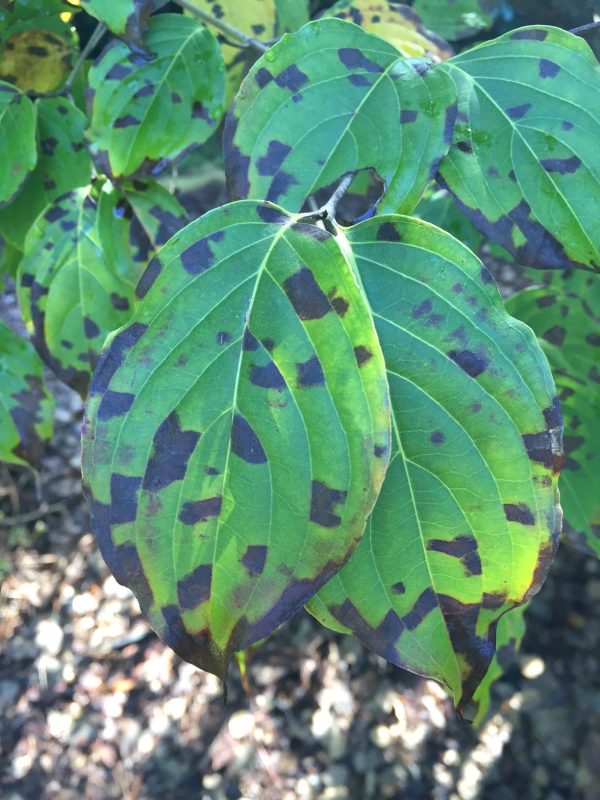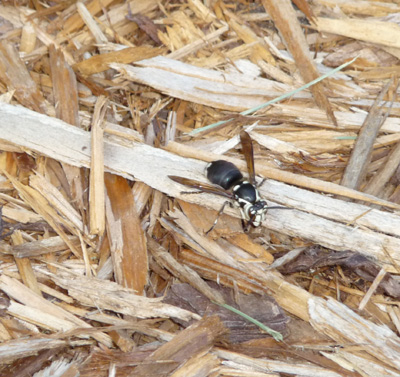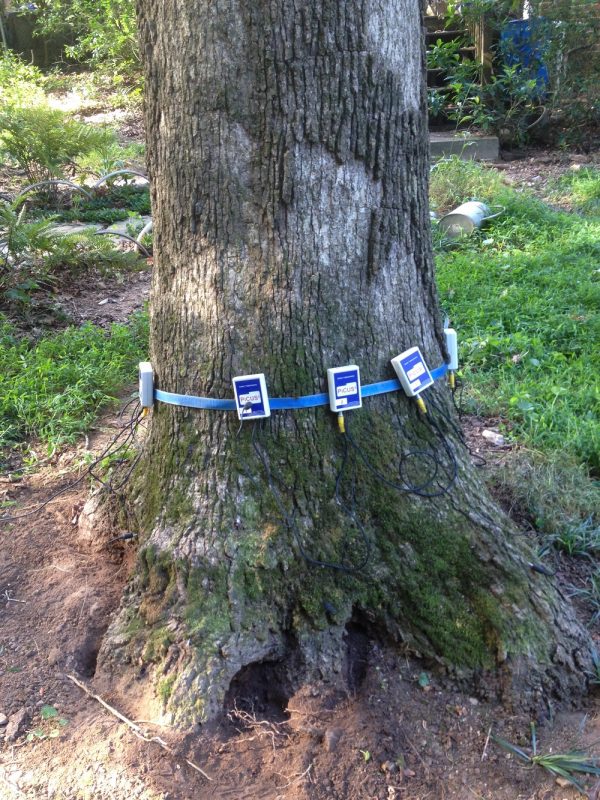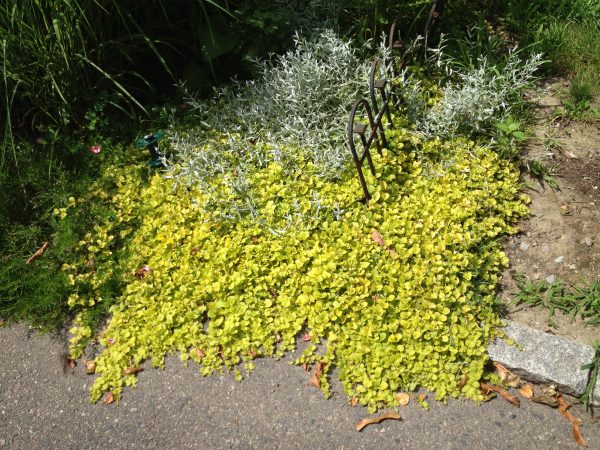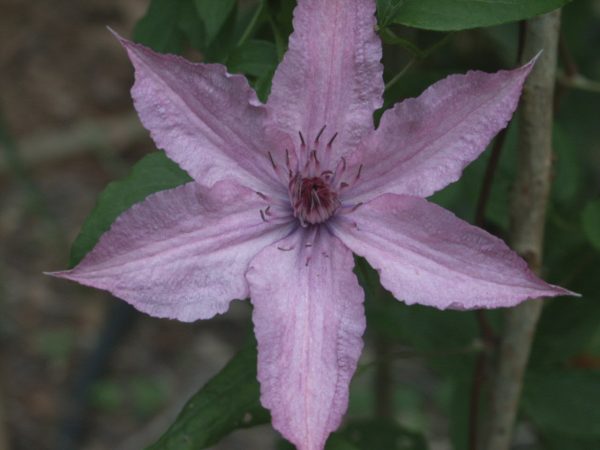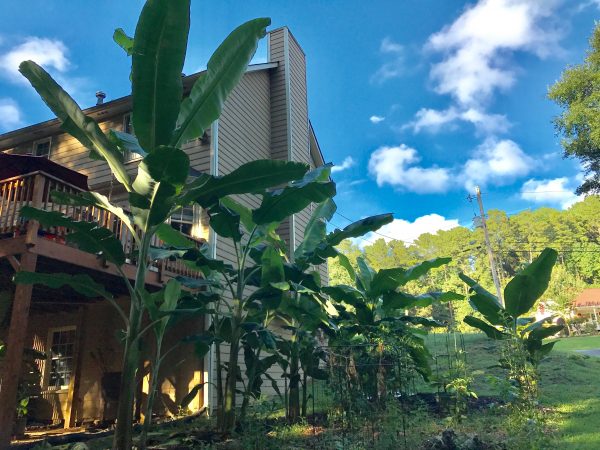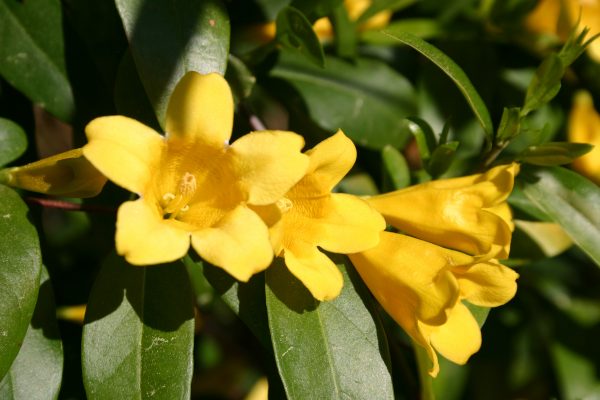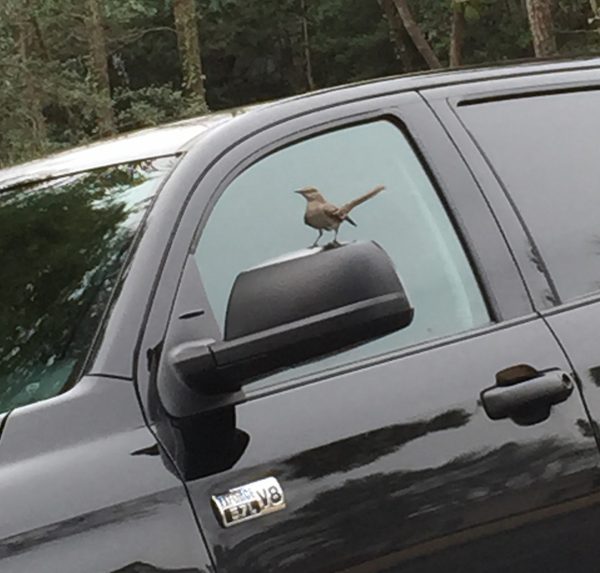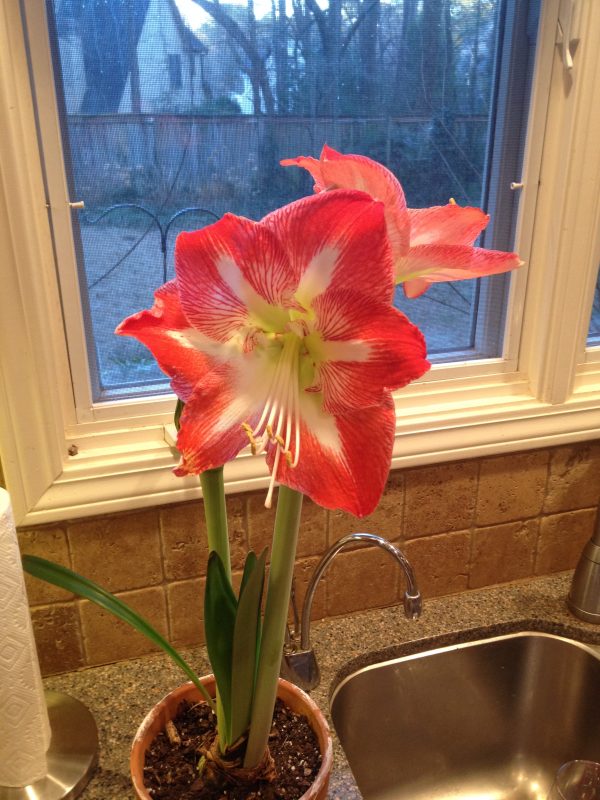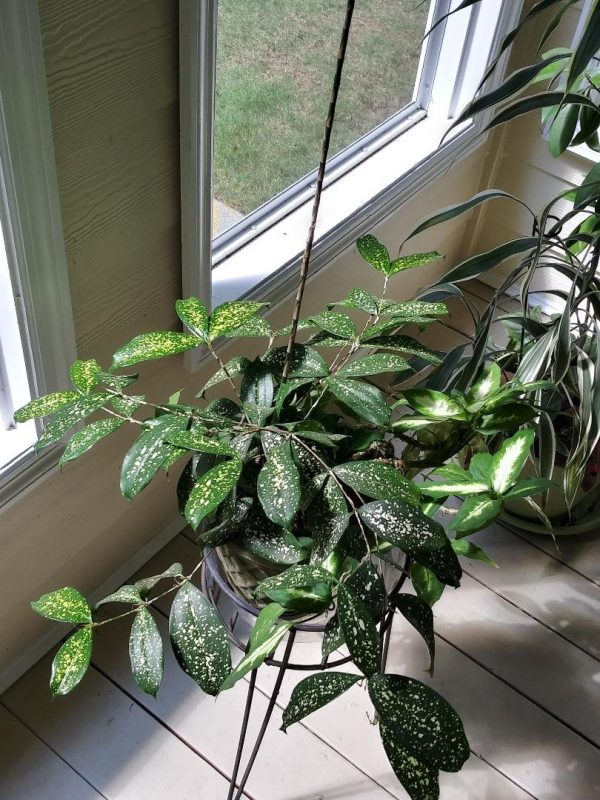Maple Tree- Cutting
Q: I have three young maple trees that are very tall and skinny. Should I cut some of the top off to make the trees more full?
A: Pruning the tops of the trees won’t make them become more full. The reason isn’t intuitive so a short explanation is in order. When you remove branch tips, you remove the source of hormones that regulate the growth of twigs nearby. If you “top” your trees, you’ll see lots of little branches growing next summer within twelve inches of the cut. But the hormonal regulation doesn’t extend down very far. Cutting the tree tops will have no effect on lower, already growing, branches. It is simply the nature of maples to grow tall first, and then more slowly fill out to become oval in shape. Leave the maples alone and let time make them full.


